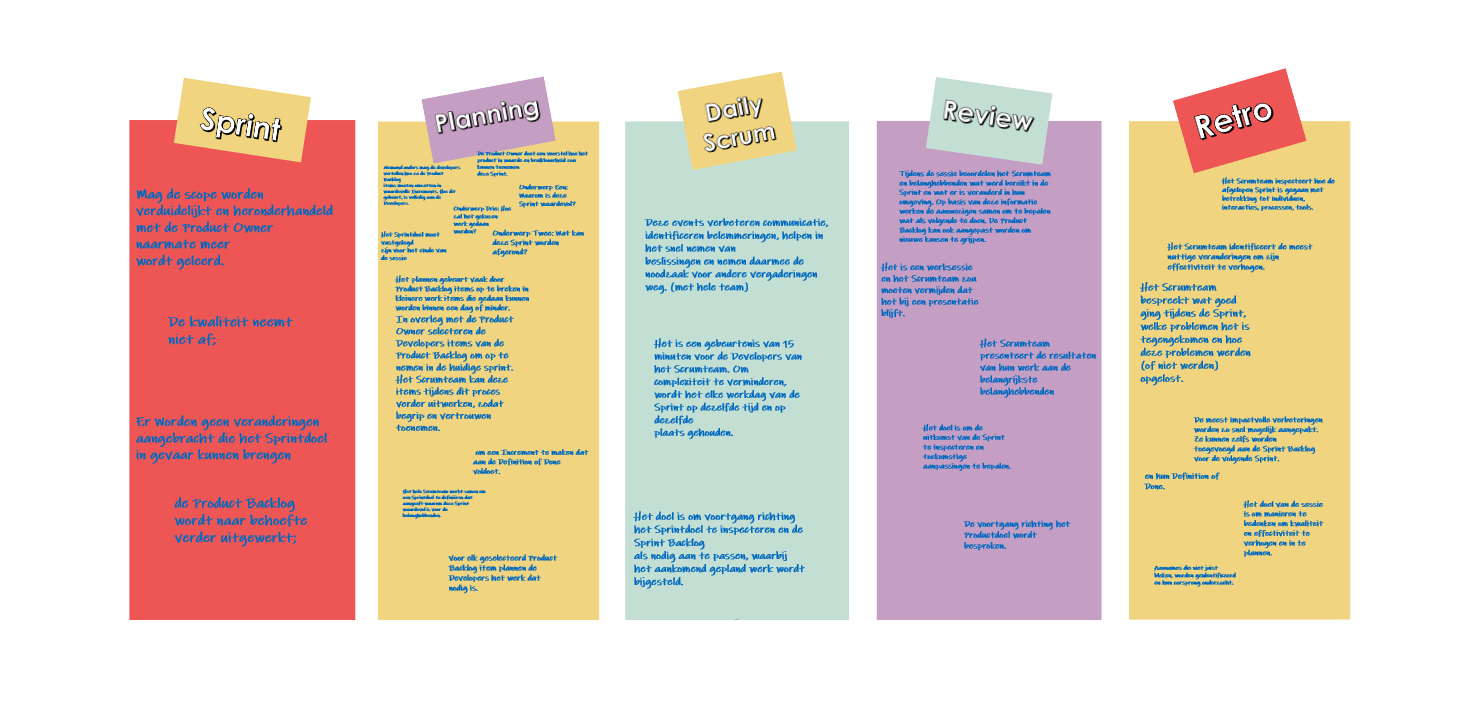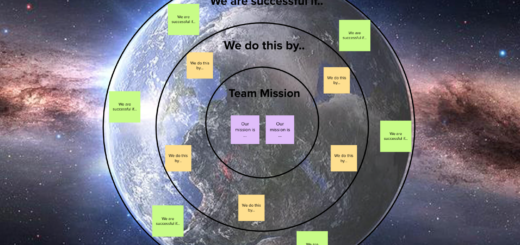The Scrum Event Puzzle

As a Scrum Master I was looking for a way to bring the (new) scrum guide to my teams attention, and to make it relevant for them in a playful way. We started with a workshop on the scrum events.
This sprint I facilitated the Scrum Event Puzzle for one of my teams. It was a fun way to discover what the scrum guide has to say about scrum events, and it also introduced the team to one or two changes in the 2020 version of the scrum guide (for example the added ‘why’ in the Sprint Planning).
The goal of the workshop was to educate ourselves on what the scrum guide says about the scrum events, and discover the gap between the team’s practice and the scrum guidelines. (And of course how to close this gap!)
Preparation
I created a digital whiteboard with empty columns for every scrum event, and pasted all statements about scrum events from the scrum guide on the whiteboard, like this (these are in Dutch):

(all pictures are an example and not the results of any team)
Some examples of statements from the scrum guide, are:
- “Scope may be clarified and renegotiated with the Product Owner as more is learned.”
- “The whole Scrum Team collaborates to define a Sprint Goal that communicates why the Sprint is valuable to stakeholders.”
- “The Scrum Team identifies the most helpful changes to improve its effectiveness. The most impactful improvements are addressed as soon as possible. They may even be added to the Sprint Backlog for the next Sprint.”
Team Session
- I asked the team to paste the statements on the right scrum event, like this:

2. After that we discussed if the statements were in the right place. Some were moved to another column after discussion, but most statements were pretty straightforward and easy for the team to place in the right column.
3. Then I divided the columns with a line, with a happy smiley face above the line and a sad smiley face below it. I asked the team to move the scrum event statements that the team already applies in their scrum practice above the line, and the statements that we can improve on below it.
(This is a slightly altered Min Specs Liberating Structure)

4. After that I asked the team what improvement they want to address first and what actions to take in the upcoming sprint.
What we learned
So what did we learn from this session? One of the conclusions was that the team was already performing quite well, but there’s still room for improvement. The exercise helped to really understand what the scrum guide says, and it visualized the gap between the team’s practice and the scrum guidelines and helped the team to define action for improvement.
Reflection
In facilitating this session I noticed my tendency of giving the right answers away too quickly. I really urged myself not to interrupt the team, because the team discussion was very valuable. So keep this in mind if you are going to facilitate this workshop!
Preparing for this workshop takes about an hour of your time, because you’ll have to copy paste the statements from the guide. But if you want to educate your team on the scrum events, or if you’d like to refresh your team’s knowledge, this is a fun way to do it!
Or in case you’re Dutch there’s a Dutch template available in Mural:
https://app.mural.co/embed/a756ff89-5871-415d-9d3a-88bab8099570



